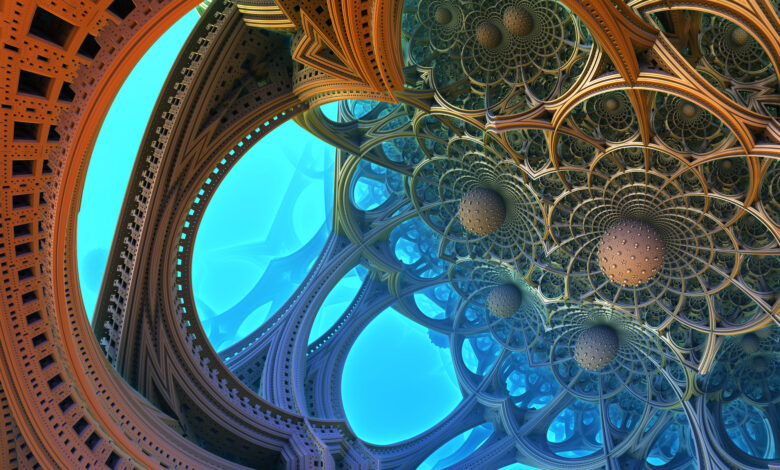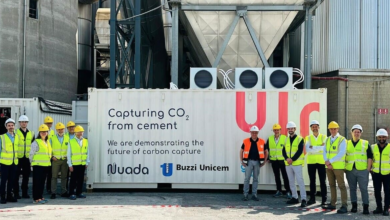The architect of the future could be an AI
Among the most popular AI software is MidJourney and DALL-E
(Sustainabilityenvironment.com) – In all dystopian and sci-fi films that imagine more or less probable futures there is always an Artificial Intelligence at the head of everything. But today reality is rapidly reaching fantasy. The world of software dedicated to creating more and more realistic renderings has approached the world of AI and has paved the way for systems such as DALL-E and MidJourney, programs “trained” to generate hyperrealistic images starting from text descriptions. Most social will certainly come across images of this type, almost always traceable with the hashtag of MidJourney.
Beyond the charm that these representations may have, designers and architects have worked to understand if this system can somehow contribute to the improvement of architecture and cities of the future.
The result is obviously fascinating. Among the most credited names in this vast panorama there is Manas Bhatia, or even Andrew Kudless with the unusual architecture fused in the trunks of trees. Using MidJourney’s AI, he has managed to imagine cities of the future dotted with biofilm skyscrapers, architecture that purifies the air, or even buildings self-generated by algae. For satisfactory results, input is entered over and over again with a different word and image combinations. What’s interesting is that, unlike traditional 3D render software, AI programs are able to “fill” empty spaces on their own.
For the moment these are just visual suggestions, but tools of this kind already provide a concept, overcoming the most complicated phase of the creative process.
From building to urban planning
Just as it is possible to use the deep learning of artificial intelligence to create organic architectures, the same concept can be used for urban planning. Also in this case it is only visual stimuli, but with a great scenic effect. A chaotic and gray city, it is revitalized by inserting pedestrian avenues, lush green spaces, and clean transport systems.
MidJourney and his brothers are still in the early stages, but many (including Apple) are already moving to fill the gap that separates the concept of the image from its transformation into an architectural project with plants and elevations.
For now, human intervention is still needed to give the input, but who knows what the future holds for us.






